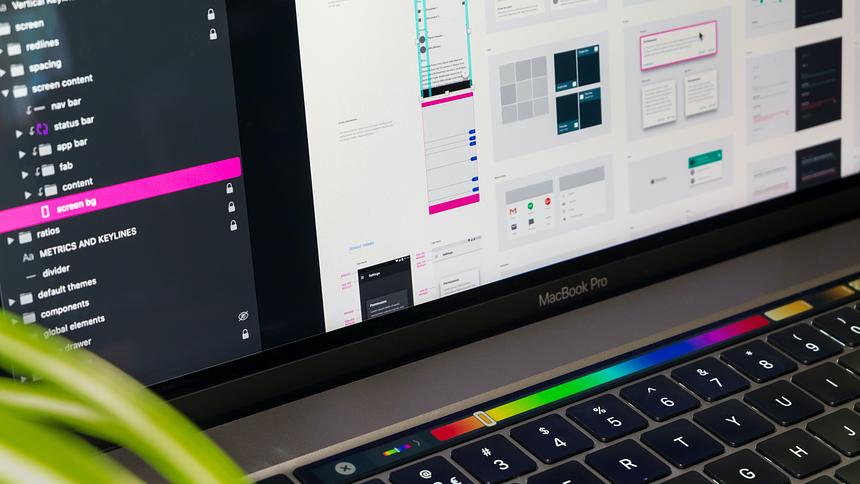5 key concerns to address in your UI Layout before finalizing your project
Before beginning any interface design project, it is necessary to talk about the knowledge of content (what is it?), context (who’s it for?), and audience (where does it live?). Recognizing the objectives, restrictions, policies, audiences, etc. will help create the designs and help in creating the best feasible visual treatment for it.
Following are the 5 key concerns to address in your UI layout:
Language
There are different means by which we can work with words within our project:
Word as Naming/Branding
Naming is the 1st thing that comes to mind when we consider language as a design tool. A product’s naming can develop the mood at the very entrance level of your brand’s experience.
Word as Tone/Attitude:
Tones differ with your brand’s objectives and determinations on whether they should be stringent, generous, amusing, scientific, entertaining, or playful should align with those objectives.
Color
Color also sets the mood for your interface as humans generally respond to them in a very emotive and subjective way.
Color as Mood:
When we have only black and white creativity, we often understand the meanings with such as very severe. By adding a simple vibrant color to the creative, we can immediately change such connotation.
Color as Navigation:
In the case of a function, color can be utilized in a diversity of ways but most prominently as navigation in our interface.
Imagery
Imagery can appear in various styles: structures, photography, 3D renderings, diagrams, etc. But whatever the style, they can serve as content, mood, and navigation in the context of a UI design.
Imagery as content
As content Imagery can perform in our interfaces in 2 fundamental ways:
Contained imagery: where the imagery occurs in some shape of grid or frames.
Immersive imagery: where the imagery occurs as a design component in itself, breaking out of the box and being in its world.
Imagery as mood
Imagery can help to put a tone or ambiance that the audience can relate to.
Imagery as navigation
Besides the aesthetic task, imagery can also operate as navigation. This is very popular in the e-commerce space.
Typography:
Type can function in many various ways in the context of an app or a website.
Typography as content
The type appears to the rescue when it comes to being hard to characterize specific representations. The type is rapid, economical, and precise.
Typography as interface
The text requires to have a visible structure and a typographic expression. So, it comes to be a design problem. Semantically, type is also less uncertain when attempting to illustrate some representations.
Type is throughout our interface because it’s yet the fastest and most precise way we have to convey complicated and particular ideas.
Typography as branding
Type here is smaller about content or meaning but more about identity and individuality. The goal here actually is to have a typographic visual brand that enables your product to stand out. It functions as a branding element, it works nearly with color and occasionally icons.
Icons
Generally, icons are for visual attention and recognizability.
Icon as interface
Icons act as interface components by illustrating certain actions.
Icon as branding
Icons can act as instant representatives of a product, group, or business. A famous instance is the Apple logo which is more well-known in its symbolic form as Apple’s identity and poor as an icon indicating the apple as a fruit.
Xpeer has the best UI designers for your project needs.








